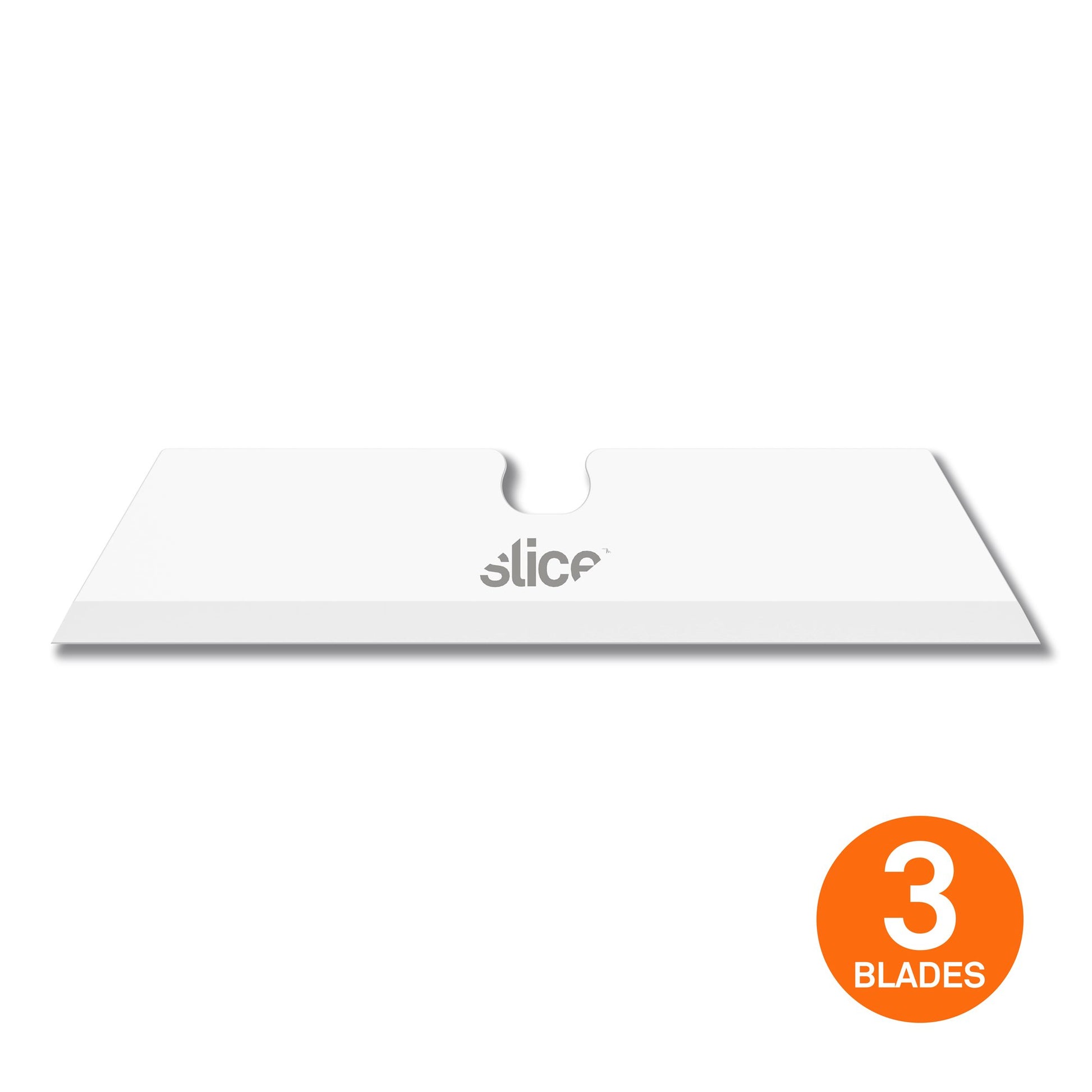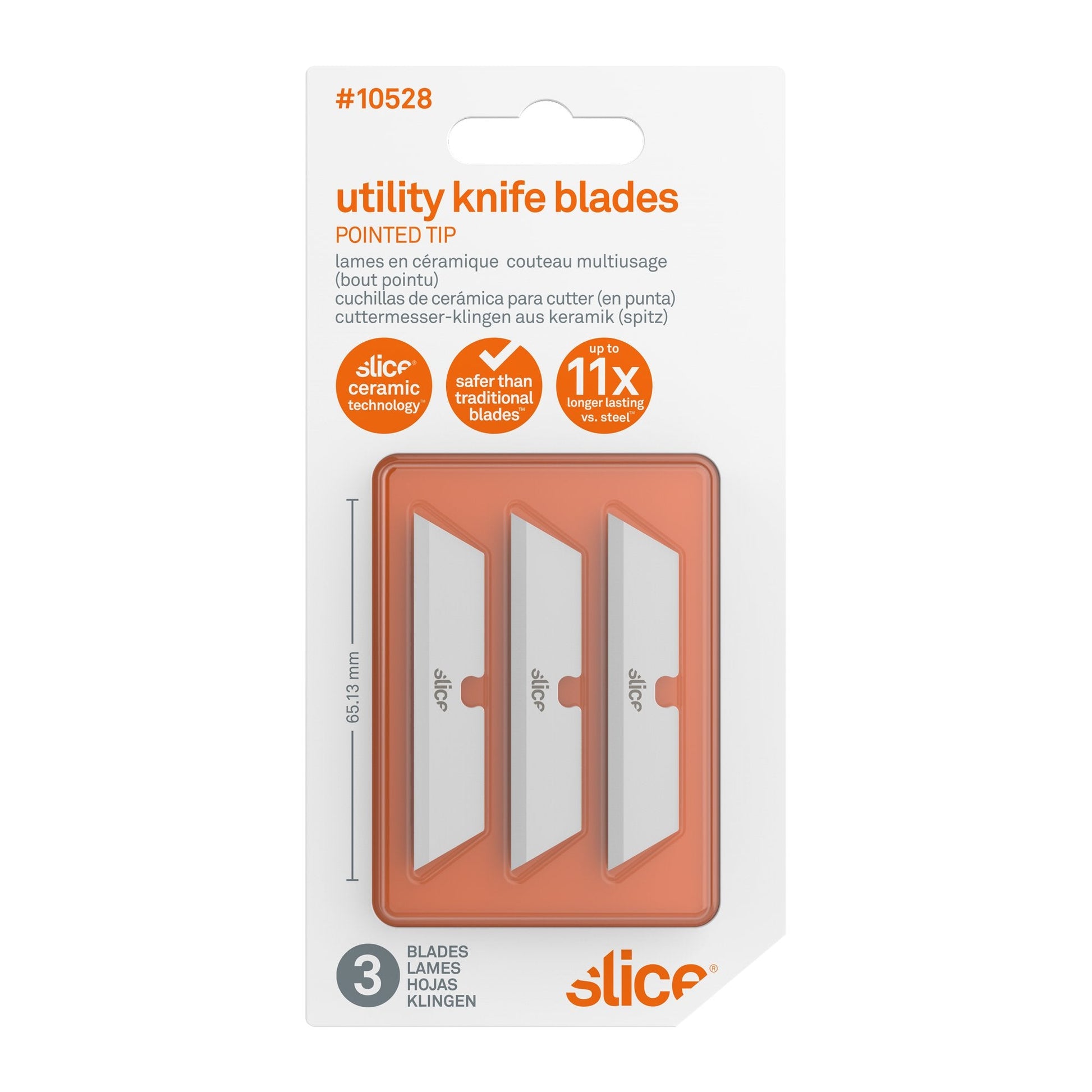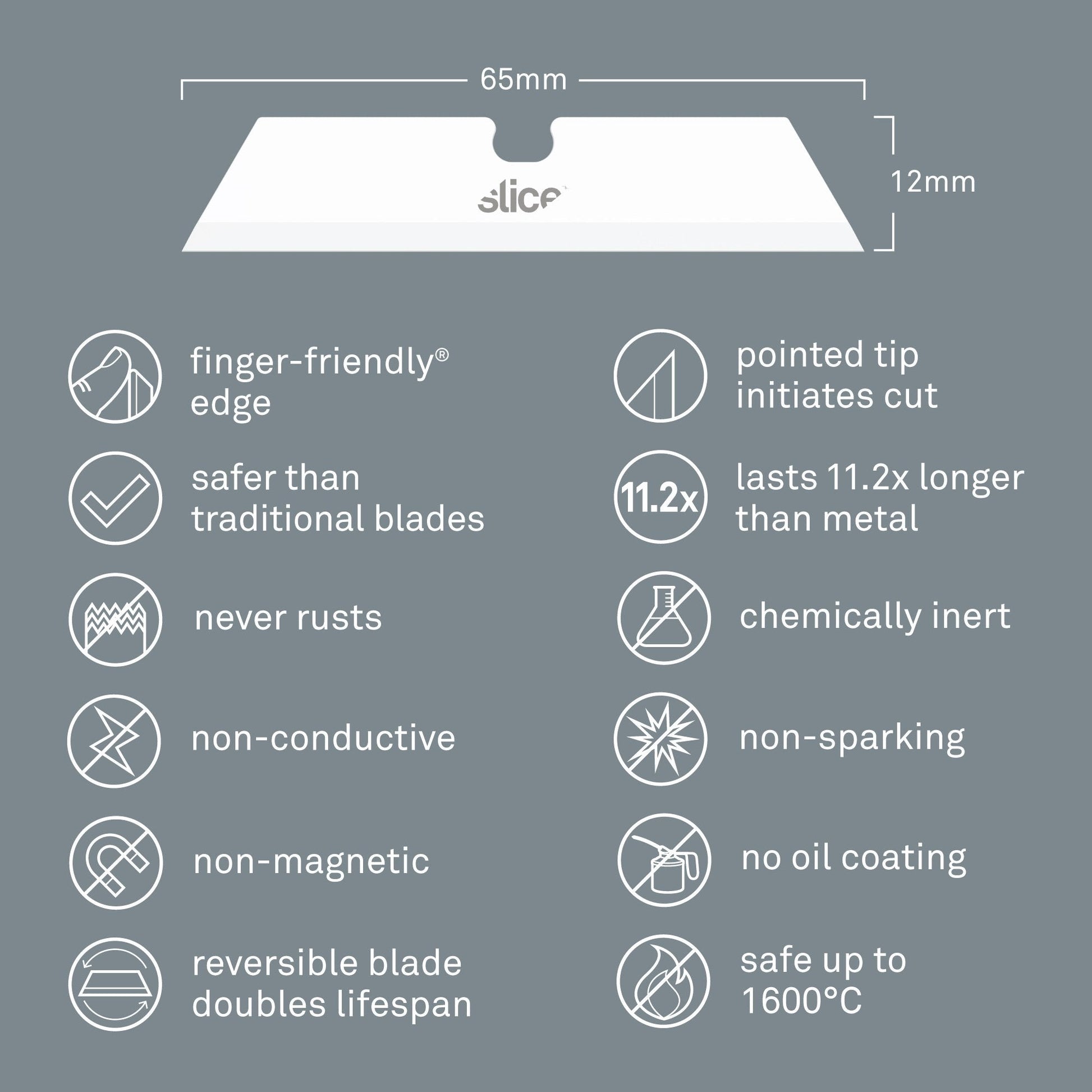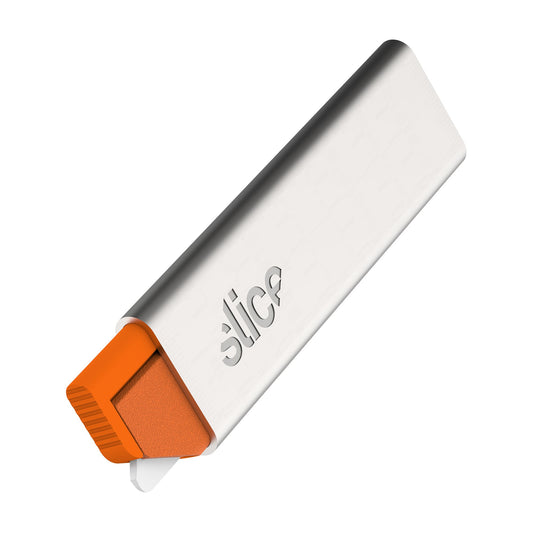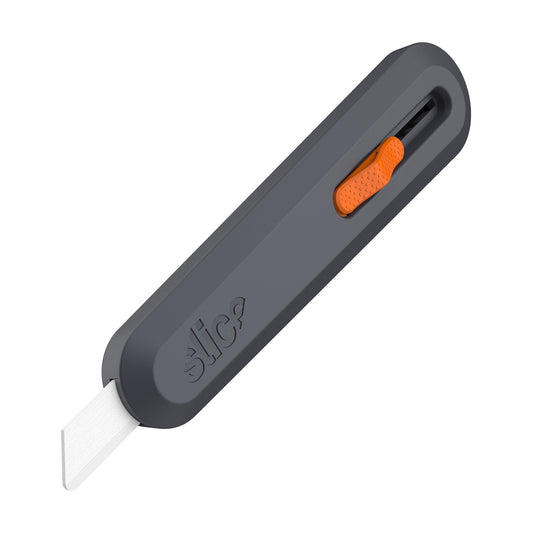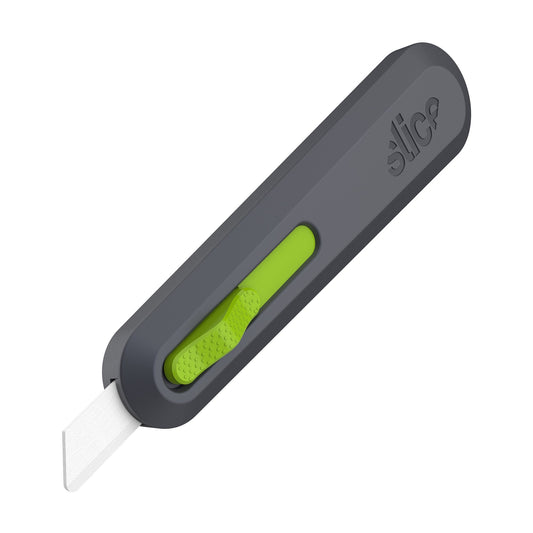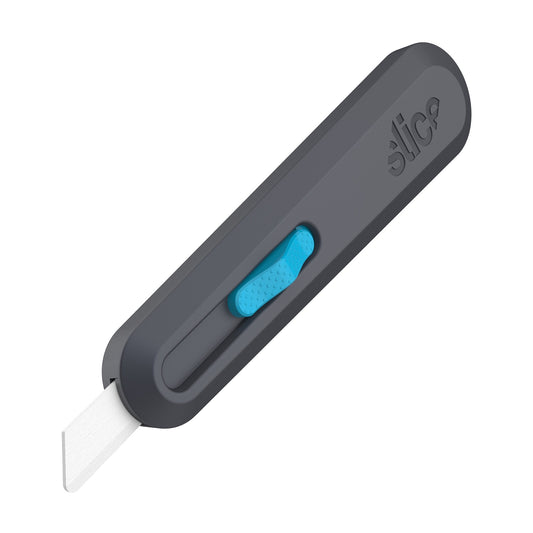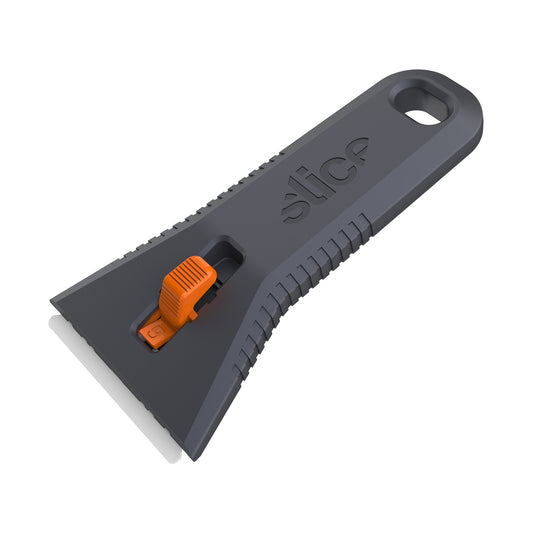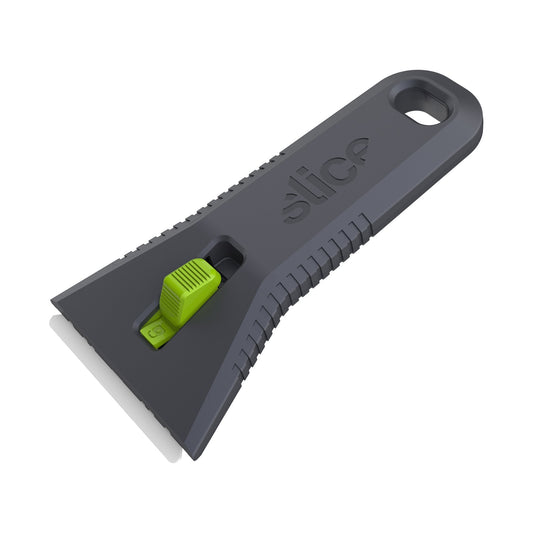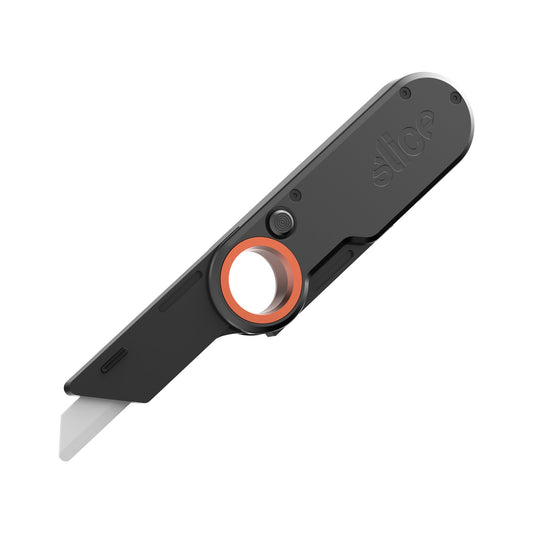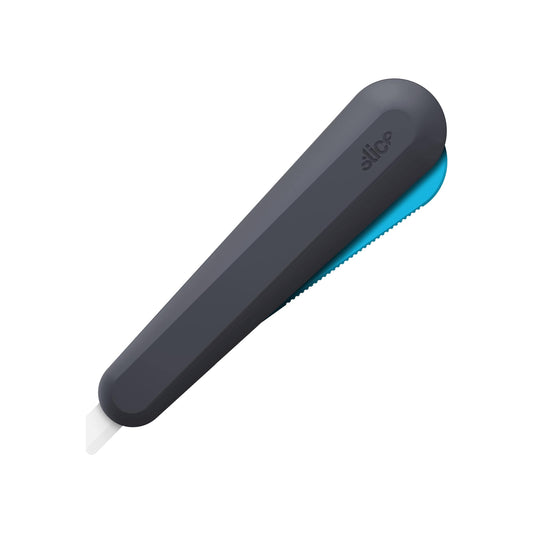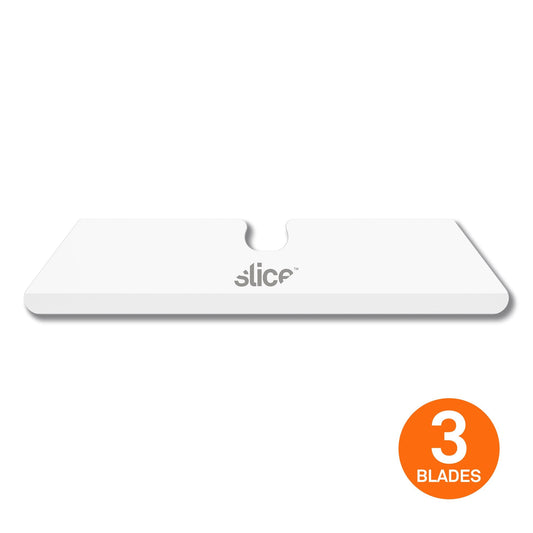SKU #10528
Utility Knife Blades (Pointed Tip)
Regular price
$38.84 AUD
Regular price
Sale price
$38.84 AUD
Unit price
per
Couldn't load pickup availability
Slice® Utility Knife Blades (Pointed Tip) are compatible with multiple tools, including Slice utility knives, scrapers, and the Manual Carton Cutter. The pointed tip is perfect for cutting flexible materials – just make sure you initiate the cut with a piercing action.
Designed to cut everything but you, these blades boast a finger-friendly® edge that never rusts. They’re built to last, so you won’t have to worry about frequently changing blades, reducing the risk of injuries.
From piercing flexible plastic sheeting to puncturing tarp, Slice makes people and places safer. Learn more below.
- Pointed tip easily penetrates flexible materials
- 100% zirconium oxide blade that never rusts
- Blade lasts on average 11.2x longer than metal blades
Product Specifications
Product Specifications
Cutting Depth:
Material: zirconium oxide
Dimensions: L x W x H
Weight: 0.026 kg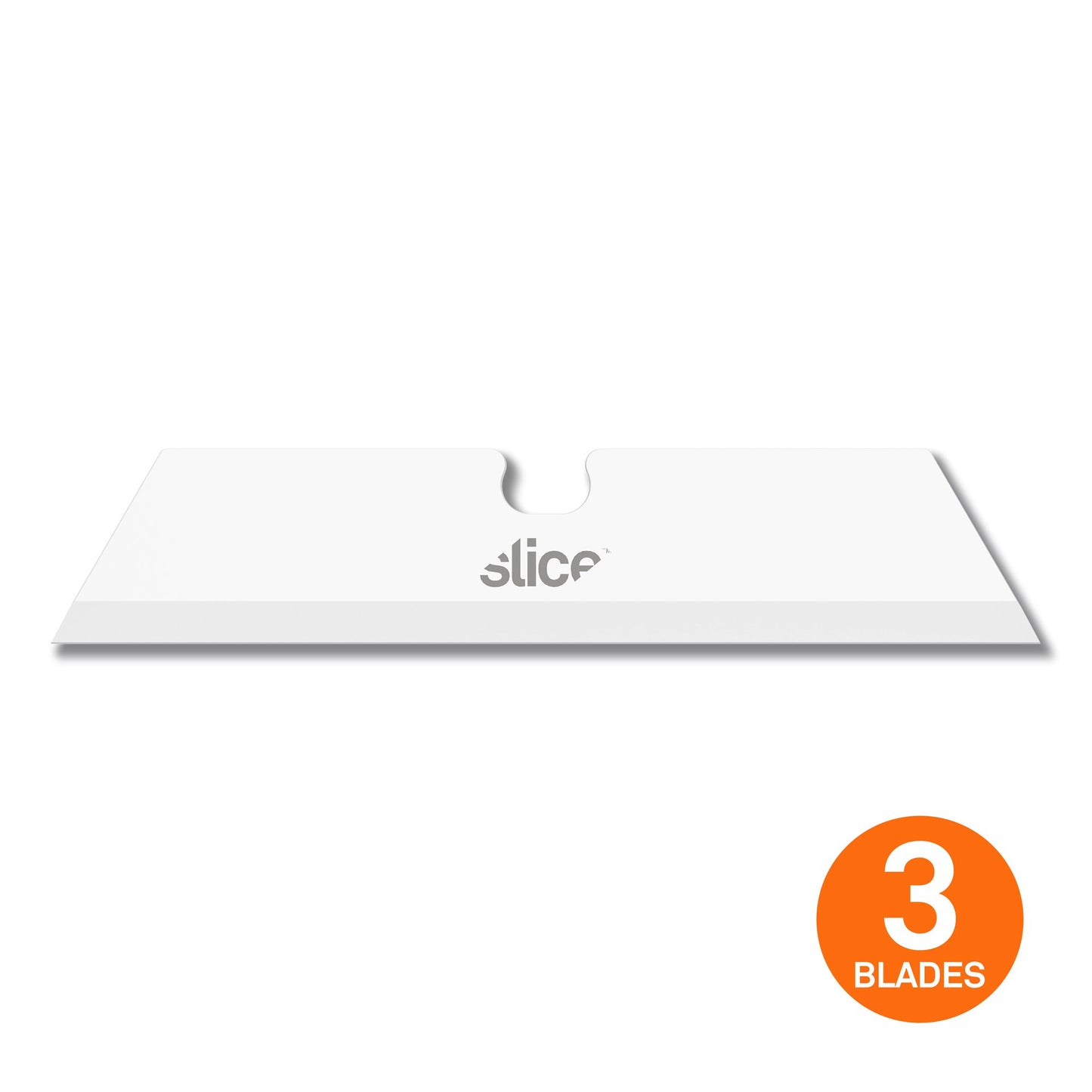
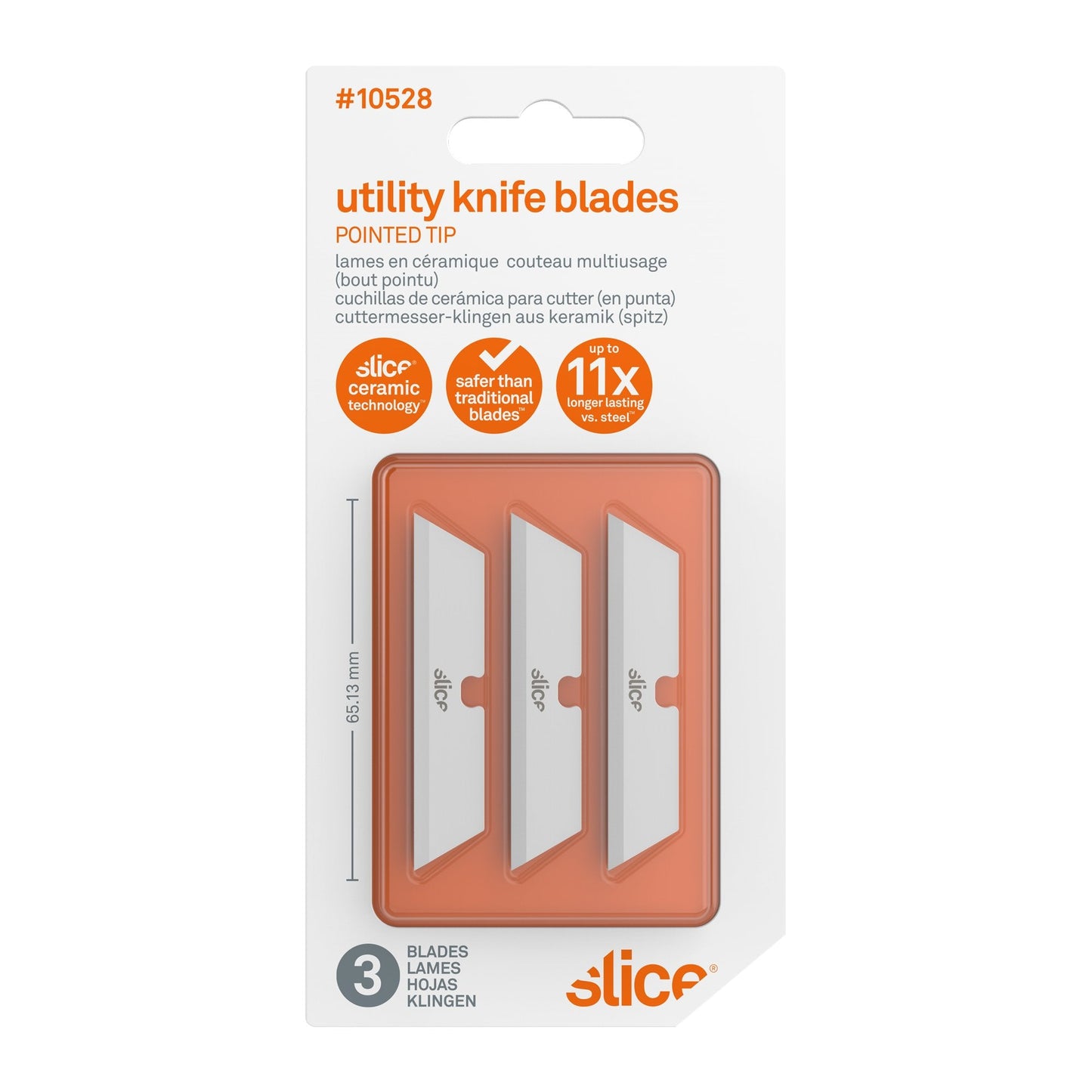
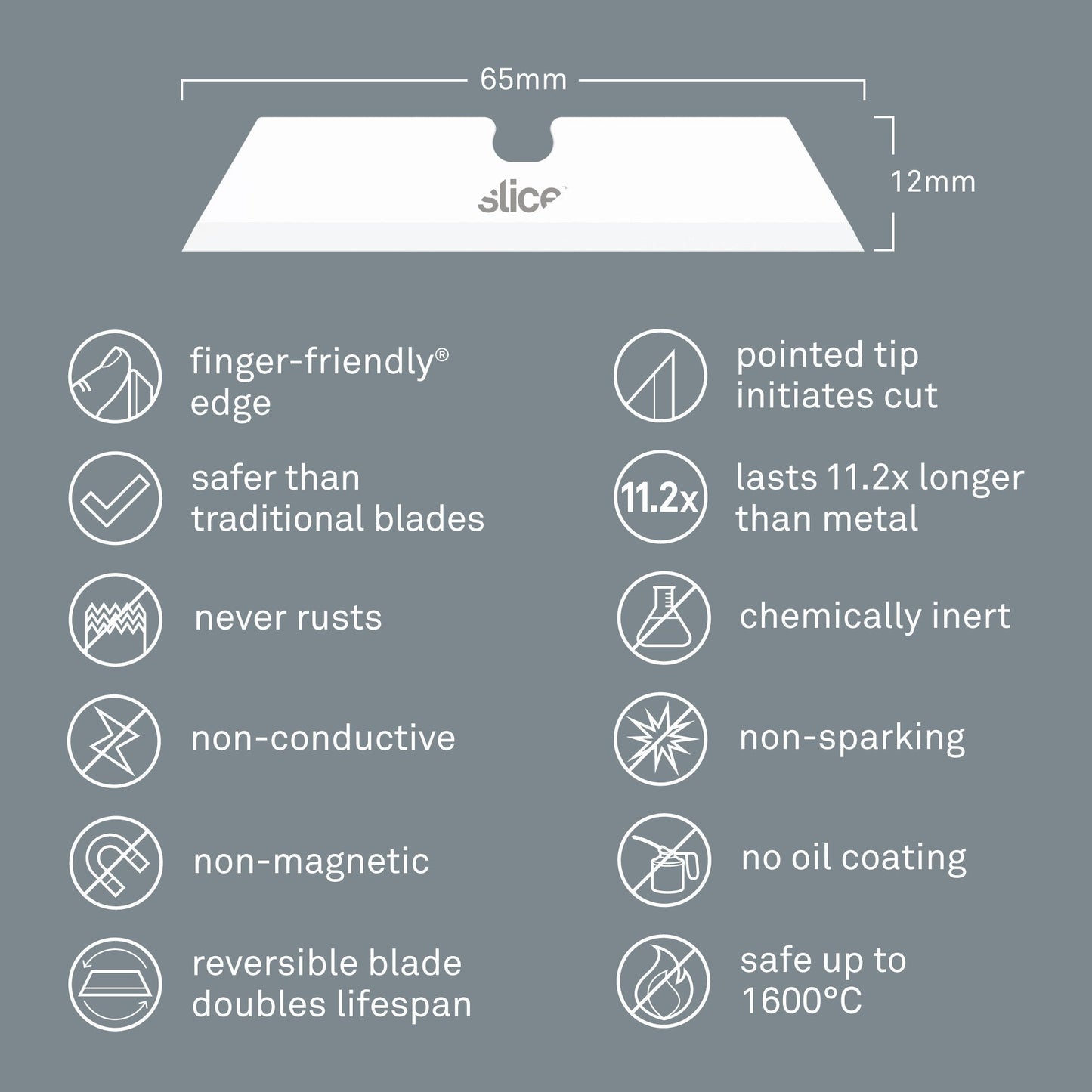
Compatible Products
-
Manual Carton Cutter
Regular price $16.60 AUDRegular priceUnit price per -
Manual Utility Knife
Regular price $46.03 AUDRegular priceUnit price per -
Auto-Retractable Utility Knife
Regular price $46.03 AUDRegular priceUnit price per -
Smart-Retracting Utility Knife
Regular price $47.46 AUDRegular priceUnit price per -
Manual Utility Scraper
Regular price $35.96 AUDRegular priceUnit price per -
Auto-Retractable Utility Scraper
Regular price $38.84 AUDRegular priceUnit price per -
Folding Utility Knife
Regular price $76.13 AUDRegular priceUnit price per -
Smart-Retracting Squeeze-Trigger Utility Knife
Regular price $44.29 AUDRegular priceUnit price per
Videos
-
Cut Roof Membrane Safely With Slice
-
How to Cut Pallet Wrap and Banding
-
How to Cut Ceiling Tile: Safety First
-
How to Cut Corrugated Plastic Sheets Using Slice Tools
-
How to Cut Drywall Safely With Slice
-
How To Cut Mylar Stencils
-
Cutting Ram Board®
-
How to Cut Super Sacks® Easily and Safely
-
How To Cut Window Screen Using Slice Tools
-
The Correct Technique to Cut Plastic Banding
-
Blade Replacement for the Folding Utility Knife
-
Replacing Carton Cutter Blades
-
Blade Replacement on Slice Utility Scrapers
-
Blade Replacement for Slice Utility Knives
Related Products
-
Utility Knife Blades (Rounded Tip)
Regular price $38.84 AUDRegular priceUnit price per
FAQ
Are Slice Ceramic Utility Knife Blades Safer?
Compared with standard blades (that’s steel or traditional ceramic), the answer is yes. When you search “how to change a utility knife blade”, you learn that the process is often dangerous. Overly sharp blades leave your hands vulnerable to injury.
Because we developed a proprietary finger-friendly edge for our ceramics, handling a Slice ceramic blade is less dangerous than handling a traditional ceramic or steel utility knife blade. Our manufacturing process creates an edge that effectively cuts material but is safe to the touch.
Slice utility knife replacement blades are made from hard zirconium oxide. That, along with our manufacturing process, is why our blades hold their edge, on average, 11.2 times longer than steel. This means you’ll be handling your blade much less often, which also reduces the chance of injuries.
Because we developed a proprietary finger-friendly edge for our ceramics, handling a Slice ceramic blade is less dangerous than handling a traditional ceramic or steel utility knife blade. Our manufacturing process creates an edge that effectively cuts material but is safe to the touch.
Slice utility knife replacement blades are made from hard zirconium oxide. That, along with our manufacturing process, is why our blades hold their edge, on average, 11.2 times longer than steel. This means you’ll be handling your blade much less often, which also reduces the chance of injuries.
Which Type of Utility Knife Blade Should I Use for the Job?
The best utility knife blades will depend on your application. For most cuts, our 10526 (rounded tip) blades will do the job. The rounded tip provides an added layer of safety against accidental puncture wounds. For some materials, though, a pointed tip is required. A pointed tip initiates a clean cut with a piercing action and is best used for materials like shrink wrap, laminating sheets and plastic banding.

